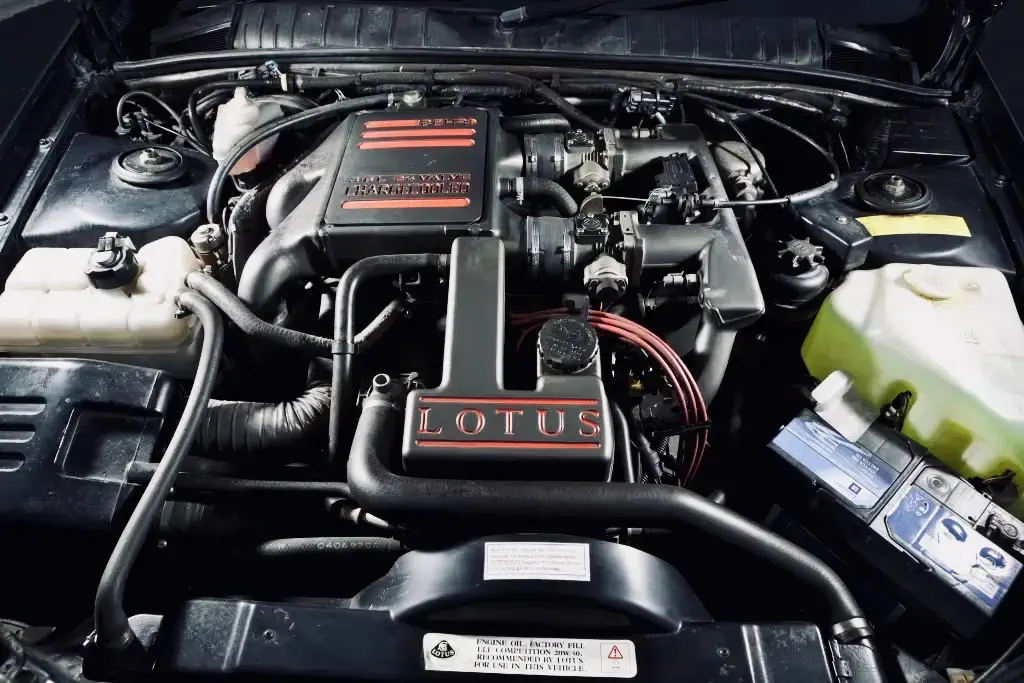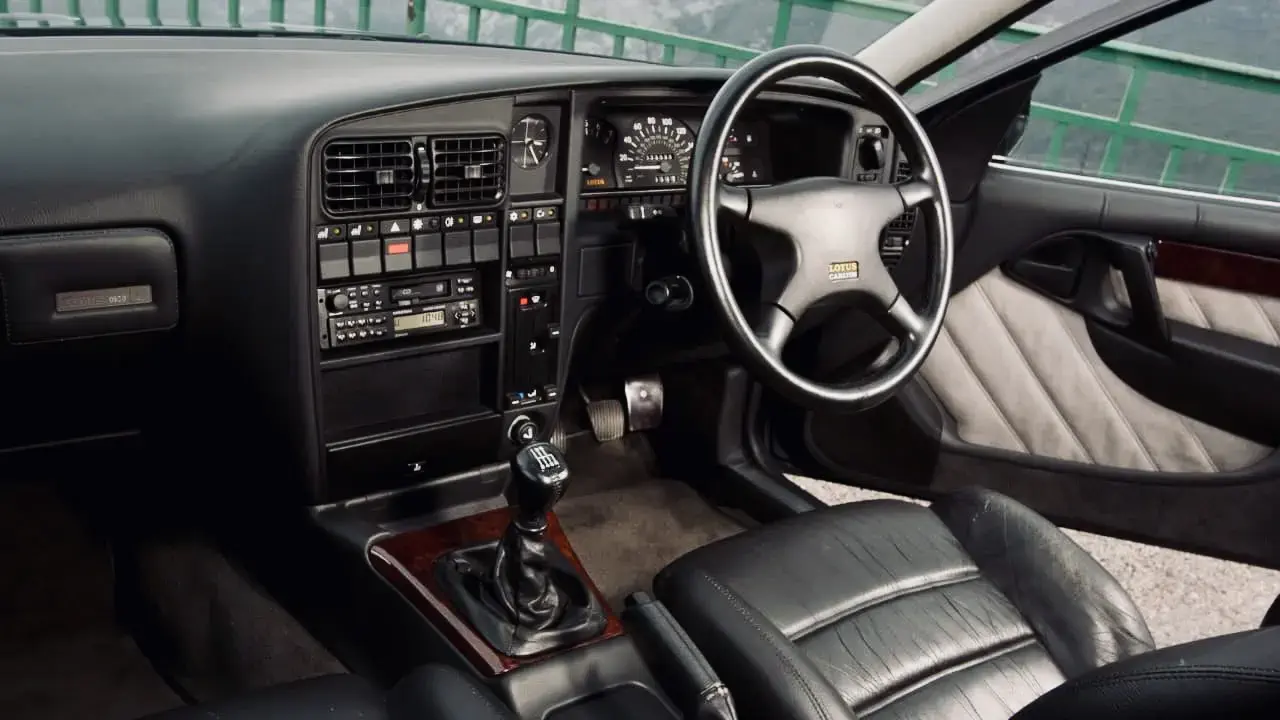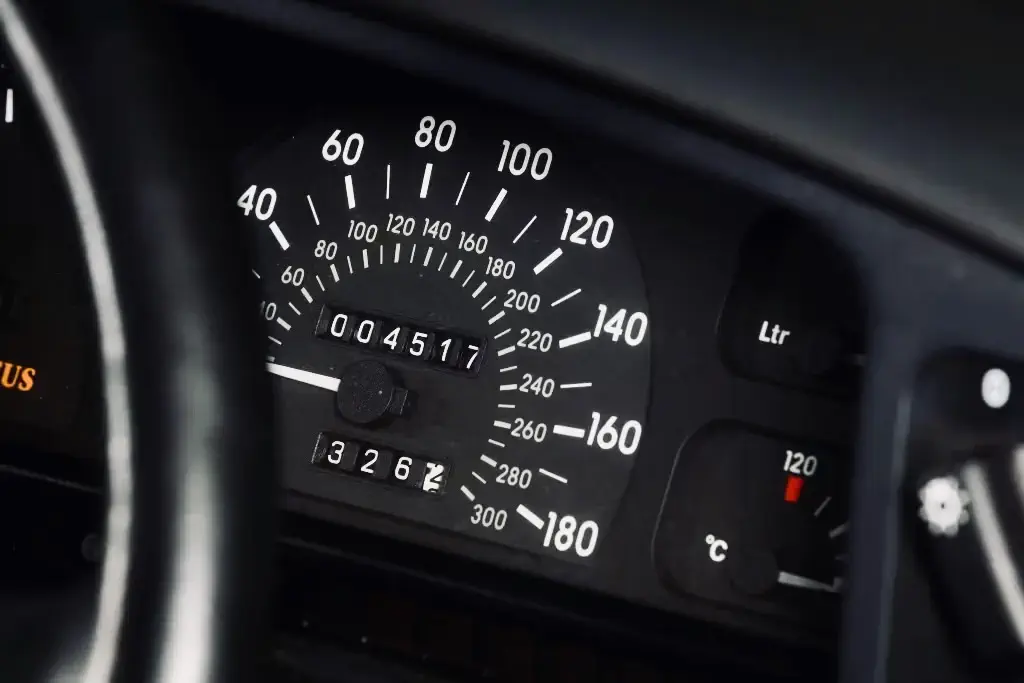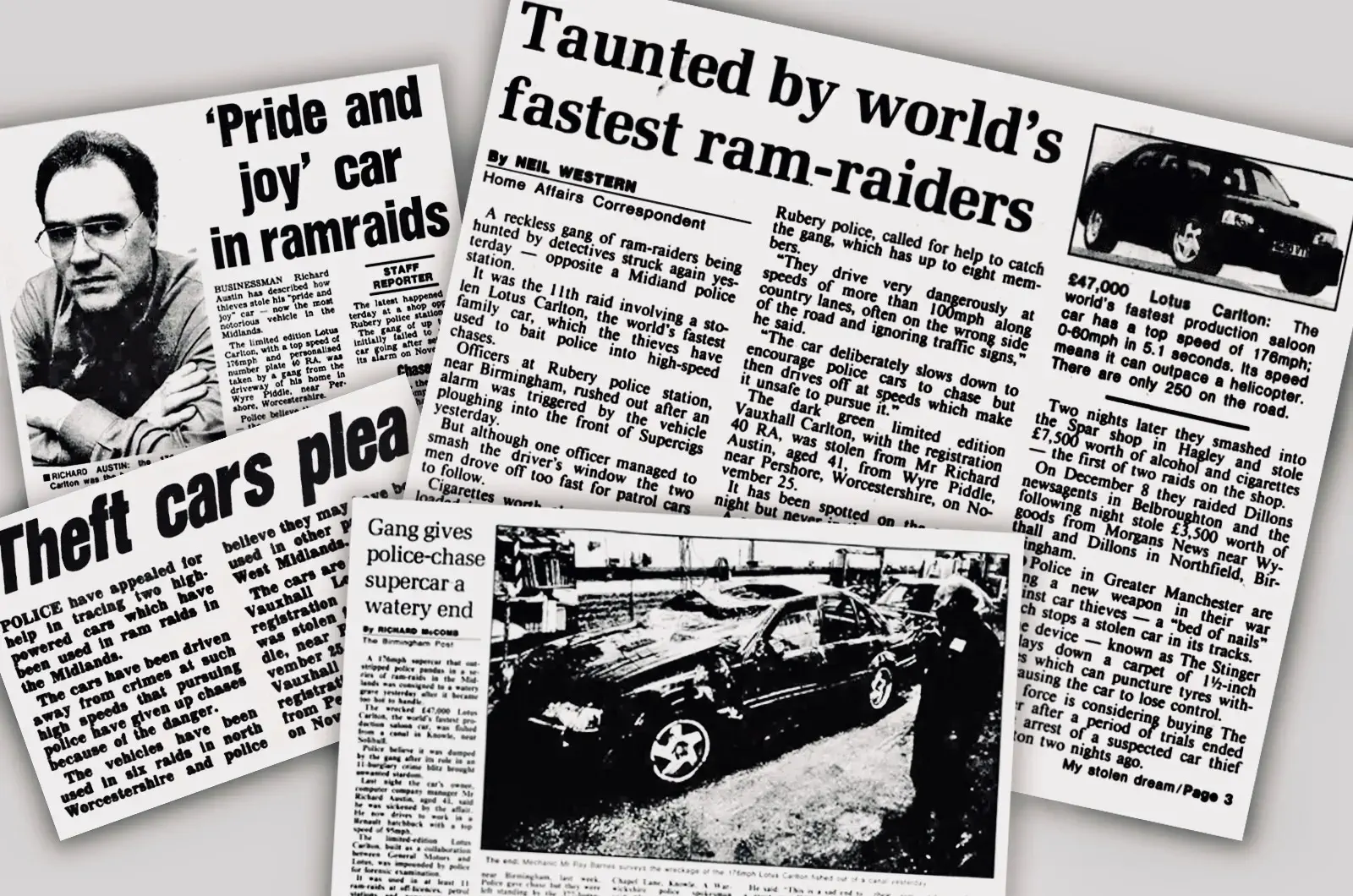Saloon Car That Terrified Parliament

In the early 1990s, the British establishment worked itself into a spectacular moral panic. The subject of this outrage was, improbably, a four-door saloon car. Made by Vauxhall. A company synonymous with fleet-discounted Cavaliers and beige Astras driven by men who had given up on life. And now Vauxhall, with the help of a few Norfolk-based engineers, had produced a family car with a top speed of 176 miles per hour
The Daily Mail demanded it be banned. Members of Parliament debated its very existence in the House of Commons. The police publicly admitted they couldn't catch it. The Lotus Carlton was a brief, glorious moment of corporate madness, a car so devastatingly fast in such a sober suit that the nation's authorities treated it as an act of domestic terrorism.
The Unlikely Parents
The Carlton was the product of a deeply unlikely marriage. The first parent was Vauxhall, a subsidiary of General Motors, a corporation that understood practicality, unit cost, and how to build a car that a regional sales manager could drive for 80,000 miles while listening to Radio 2. The second was Lotus, the eccentric, brilliant, and perpetually fragile sports car maker founded by Colin Chapman. Lotus, a company that viewed production engineering as a necessary evil, nonetheless understood chassis dynamics and engine tuning as a form of black magic.
In the late 1980s, GM owned Lotus. Someone, in a fit of inspiration that was never repeated, decided to see what would happen if the wizards from Norfolk were let loose on the sensible GSi saloon. The brief was simple: build a car that could challenge the BMW M5 and Mercedes-Benz 500E. Lotus, being Lotus, read the brief and then built a car that could hunt them down, steal their lunch money, and leave them smoking at the side of the autobahn.
Norfolk's Dark Arts
The transformation was total. Lotus began with the Carlton GSi's 3.0-litre straight-six and proceeded to rebuild it with the kind of obsessive focus usually reserved for a Le Mans prototype. They bored it out to 3.6 litres, fitted a forged steel crankshaft, new connecting rods, and custom-made pistons. Then, they bolted two Garrett T25 turbochargers to the side. The result was 377 horsepower and 419 pound-feet of torque.
These were, in 1990, figures from another planet. This "family car" was now more powerful than a Ferrari Testarossa. It was faster than a Lamborghini Countach. It could, famously, reach 55 miles per hour in first gear. The 0-60 time was 5.2 seconds, but its true party trick was its 0-100 mph time of 11.5 seconds, and a top speed that, after much nervous debate, was officially quoted as "176 mph (limited)." The "limited" was a masterful piece of corporate misdirection; it simply ran out of gearing at that speed.
To handle the violence, the running gear became a "best of" compilation from the GM global parts bin. The six-speed manual gearbox was lifted directly from the Chevrolet Corvette ZR-1, as it was one of the few transmissions GM made that would not immediately liquefy its own cogs. The limited-slip differential was borrowed from a V8 Holden Commodore in Australia. Lotus then ripped out the standard suspension and fitted its own multi-link setup, complete with self-levelling rear shock absorbers. It was a global parts-bin special of the highest order, assembled in Norfolk with breathtaking skill.
The Suit That Didn't Fit
Here was the problem. A Ferrari looked fast and was treated accordingly. People saw it coming and made allowances for the probability of reckless behaviour. But painted in a near-black shade called Imperial Green, the Carlton had the anonymous look of a minicab. It was a car your bank manager might drive. Yet it possessed the performance figures of a Trident ballistic missile.
A safety campaign was launched. The car was debated in Parliament. One MP, Graham Bright, famously stood up in the House of Commons to demand the car be banned outright, calling it "an outrageous piece of ammunition." The idea was that any normal citizen who found themselves in possession of 377 horsepower would be immediately and irresistibly compelled to drive at 170 mph through a school zone.
Vauxhall pointed out that the car had brakes and a steering wheel, and that the speed was, as with all cars, dictated by the driver's right foot. The move to ban it failed, but the controversy had cemented the car's reputation. It was now officially an outlaw.
"40 RA": The Legend is Born
The theoretical threat that had so worried Parliament became a practical reality in 1993. A gang of thieves in the West Midlands stole a dark green Lotus Carlton, registration "40 RA." Over several weeks, they used it as the ultimate getaway vehicle in a series of audacious ram-raids, smashing into shopfronts and stealing, by some reports, over £20,000 worth of cigarettes and alcohol.
The police were powerless. Their Rover Maestros and Vauxhall Astras had no chance. On one occasion, the gang was reportedly being pursued by a police helicopter, only for the Carlton to simply disappear. An officer from the West Midlands police was quoted at the time: "We simply haven’t been able to get near the thing and it looks unlikely that we ever will." This was the greatest and most unwelcome advertising campaign in history.
The gang was never caught. The 40 RA was eventually found submerged in a canal near Knowle with its original plate still attached. It became a folk hero, the automotive equivalent of Ronnie Biggs, a machine that had taken on the entire British establishment and won.
The End
Yet this legend was a complete commercial flop. When it went on sale in 1990, priced at an astronomical £48,000, it landed in a bracket where buyers expected big badges from Germany or Italy.
Vauxhall and Lotus had planned to build 1,100 cars. In the end, only 950 were ever made: 320 Carltons for the UK and 630 Omegas for Europe. Being launched directly into a savage economic recession didn't help, and production quietly ceased in 1992.
The car's legacy, however, was never defined by its sales figures. The sheer audacity of the project, combined with the commercial failure and the public-safety panic, made it an instant legend. It's a monument to a brief, glorious moment when GM's accountants forgot to say no, and Lotus engineers were allowed to be Lotus engineers. Today, it is one of the most sought-after and iconic British cars of its era, a four-door saloon that, for a few short months, genuinely terrified the government.





